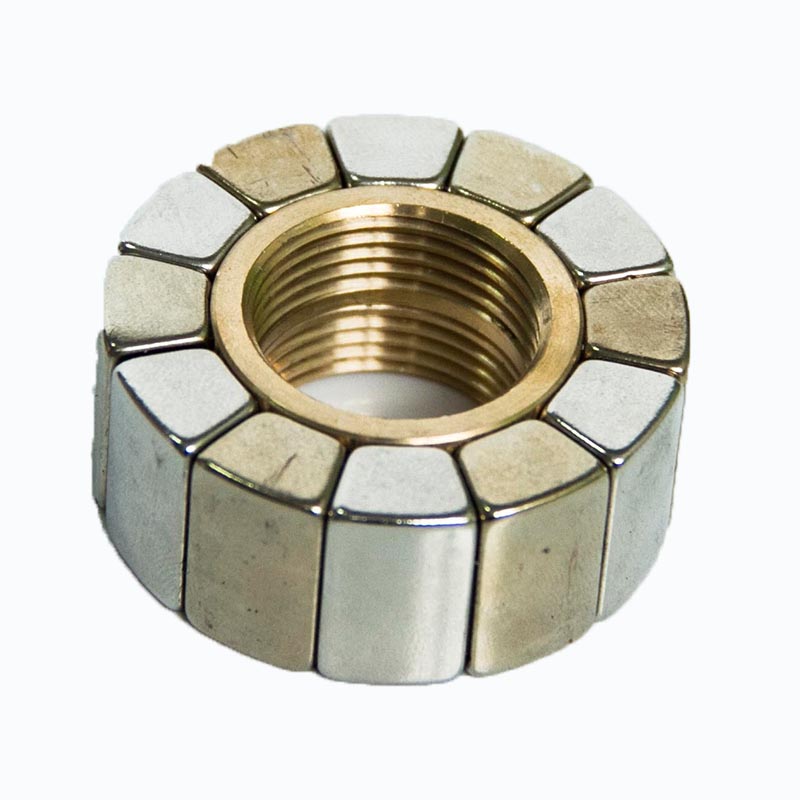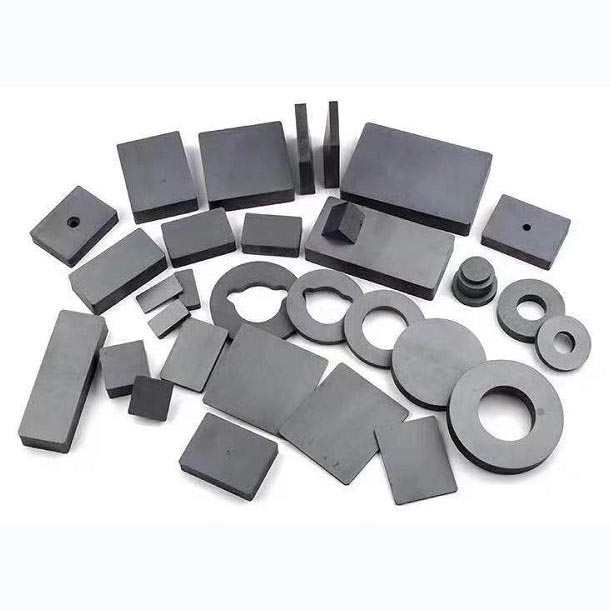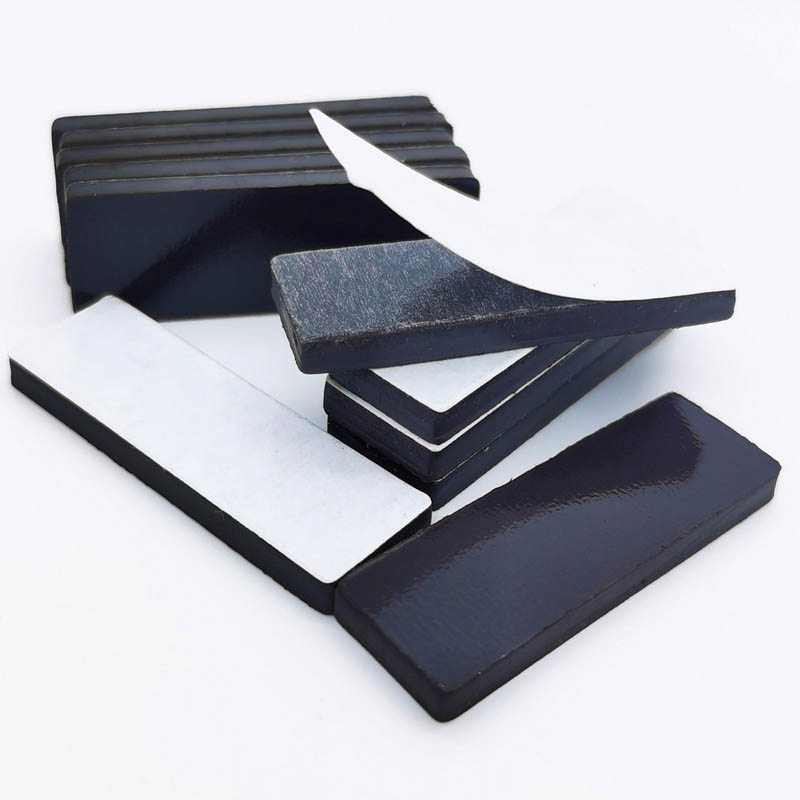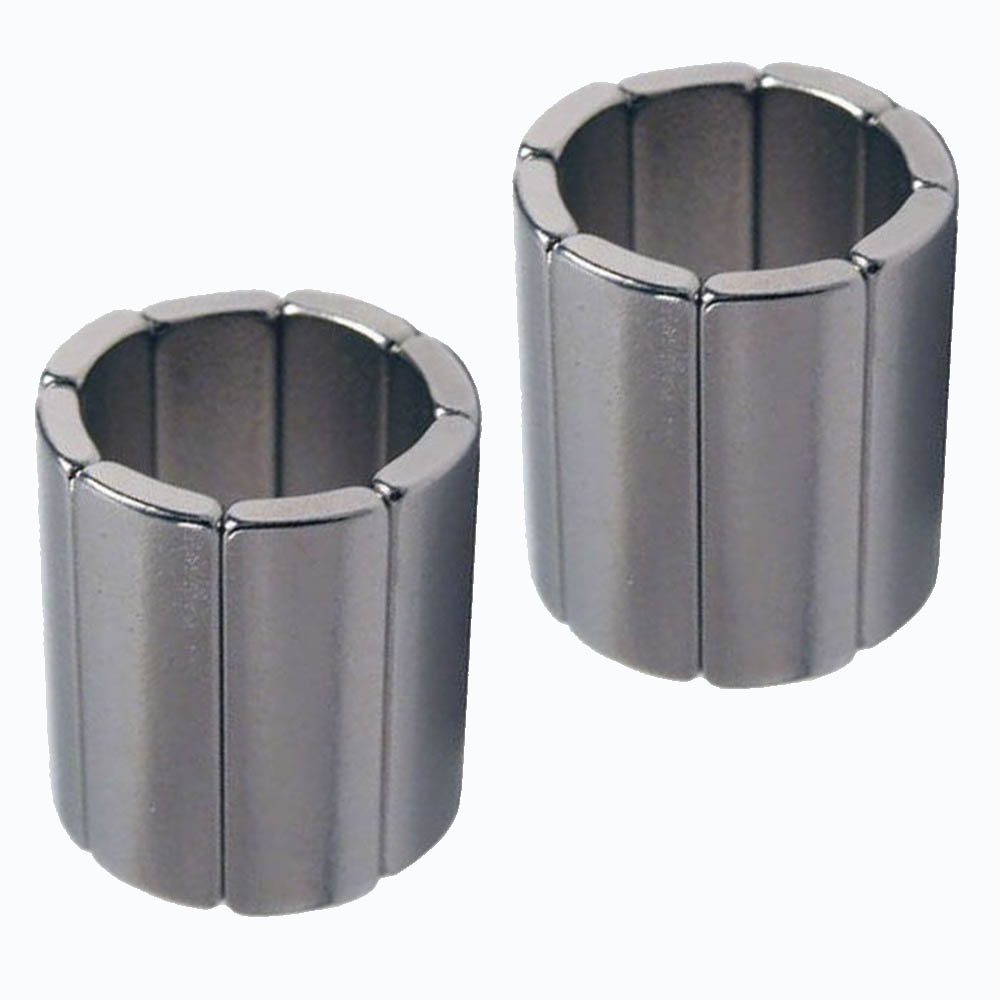magnetic rubber sheet: Properties, Applications, and Maintenance
What is a magnetic rubber sheet?
A Magnetic Rubber Sheet is a flexible composite material combining magnetic particles (such as Ferrite or rare-earth elements) with a rubber or polymer binder. This unique composition allows the sheet to exhibit magnetic properties while maintaining flexibility, durability, and ease of fabrication. The magnetic particles are uniformly dispersed within the rubber matrix, ensuring consistent magnetic performance across the entire surface. Common thicknesses range from 0.5 mm to 10 mm, with surface magnetic strengths varying between 200 Gauss to 1,500 Gauss depending on the grade and composition.
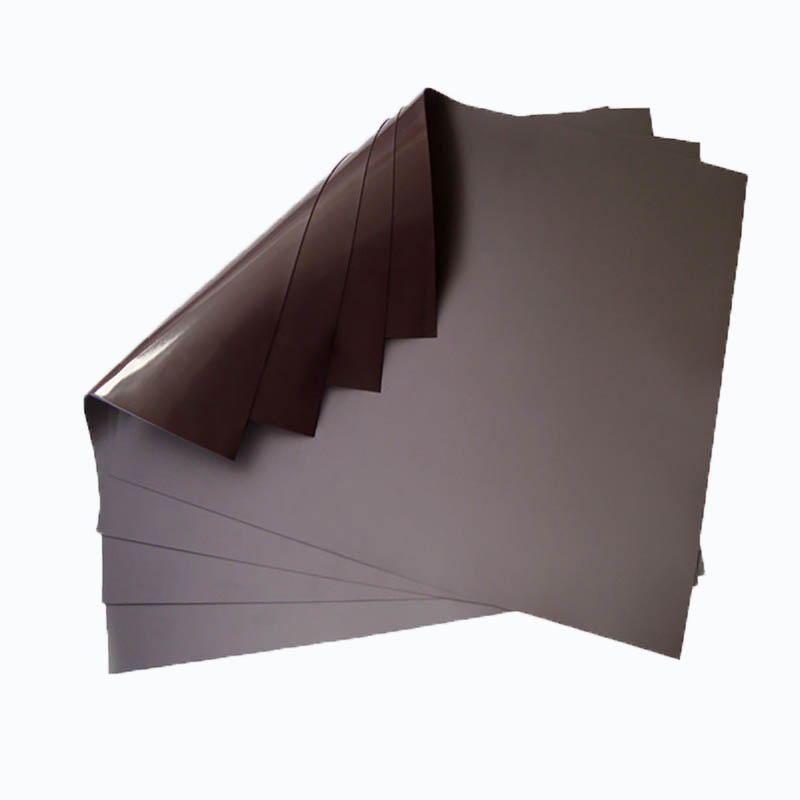
Key Characteristics of Magnetic Rubber Sheets
1. Magnetic Strength
Magnetic rubber sheets typically exhibit a surface magnetic flux density ranging from 200 to 1,500 Gauss, depending on the type of magnetic particles used. Ferrite-based sheets generally provide 200-800 Gauss, while rare-earth (e.g., NdFeB) versions can reach up to 1,500 Gauss. The magnetic field strength decreases with distance from the surface, following an inverse-square law relationship.
2. Flexibility and Elasticity
With a typical elongation at break of 150-300% and a tensile strength of 1-5 MPa, magnetic rubber sheets maintain excellent flexibility. They can be bent to radii as small as 5 times their thickness without permanent deformation or loss of magnetic properties. The rubber matrix provides a Shore A hardness of 40-80, making them suitable for applications requiring conformability.
3. Temperature Resistance
Standard magnetic rubber sheets operate effectively within a temperature range of -40°C to +80°C. Special high-temperature formulations can withstand up to 120°C for short periods. The Curie temperature (where magnetism is lost) varies by material: 450°C for ferrite and 310-340°C for NdFeB compositions.
4. Chemical Resistance
The rubber binder provides resistance to many chemicals, including water, oils, and mild acids/alkalis (pH 3-11). However, prolonged exposure to strong solvents (e.g., acetone, toluene) may cause swelling or degradation. UV-resistant formulations maintain 90% of original properties after 1,000 hours of accelerated weathering testing.
Applications of Magnetic Rubber Sheets
1. Industrial Applications
In manufacturing, magnetic rubber sheets are used for tool holding systems, ferrous material separation, and conveyor belt tracking. Their flexibility allows for custom shapes that conform to machinery surfaces. In CNC operations, they serve as workholding fixtures with holding forces up to 5 N/cm².
2. Automotive Sector
Automotive applications include door seals with magnetic properties (reducing rattling), sensor mounting, and cable management systems. The sheets withstand vibration frequencies up to 200 Hz and accelerations of 5 g without degradation.
3. Consumer Electronics
Used in smartphone cases with magnetic mounting systems (typically 300-500 Gauss), laptop closures, and modular device connections. The thin (<1 mm) variants enable sleek designs while providing adequate holding force (0.2-0.5 N/cm²).
4. Medical Equipment
In medical devices, FDA-compliant magnetic rubber sheets facilitate MRI accessory mounting, prosthetic component retention, and sterilizable equipment organization. Special formulations maintain performance through 100+ autoclave cycles at 134°C.
Maintenance and Care Guidelines
1. Cleaning Procedures
Clean surfaces with isopropyl alcohol (70% concentration) or mild soap solutions. Avoid abrasive cleaners that may scratch the surface (affecting the Ra < 1.6 μm finish). For deep cleaning, ultrasonic cleaning at 40 kHz for 3-5 minutes is effective.
2. Storage Conditions
Store flat or rolled (with diameter > 100 mm) in temperatures between 10-30°C and humidity < 65% RH. Keep away from strong magnetic fields (> 3,000 Gauss) to prevent partial demagnetization. Separate sheets with 50 μm polyethylene film to prevent blocking.
3. Handling Precautions
Avoid folding beyond 180° or creasing, as this may cause delamination. When cutting, use sharp blades (30° included angle) at speeds < 10 m/min to prevent edge tearing. For adhesive-backed versions, apply at 20-30 N/cm pressure for optimal bonding.
4. Performance Monitoring
Regularly check magnetic strength with a gaussmeter (annual calibration recommended). Expect < 5% flux density loss per decade under normal conditions. Replace when strength drops below 70% of initial value or if visible cracks (> 0.5 mm deep) appear.




 English
English




